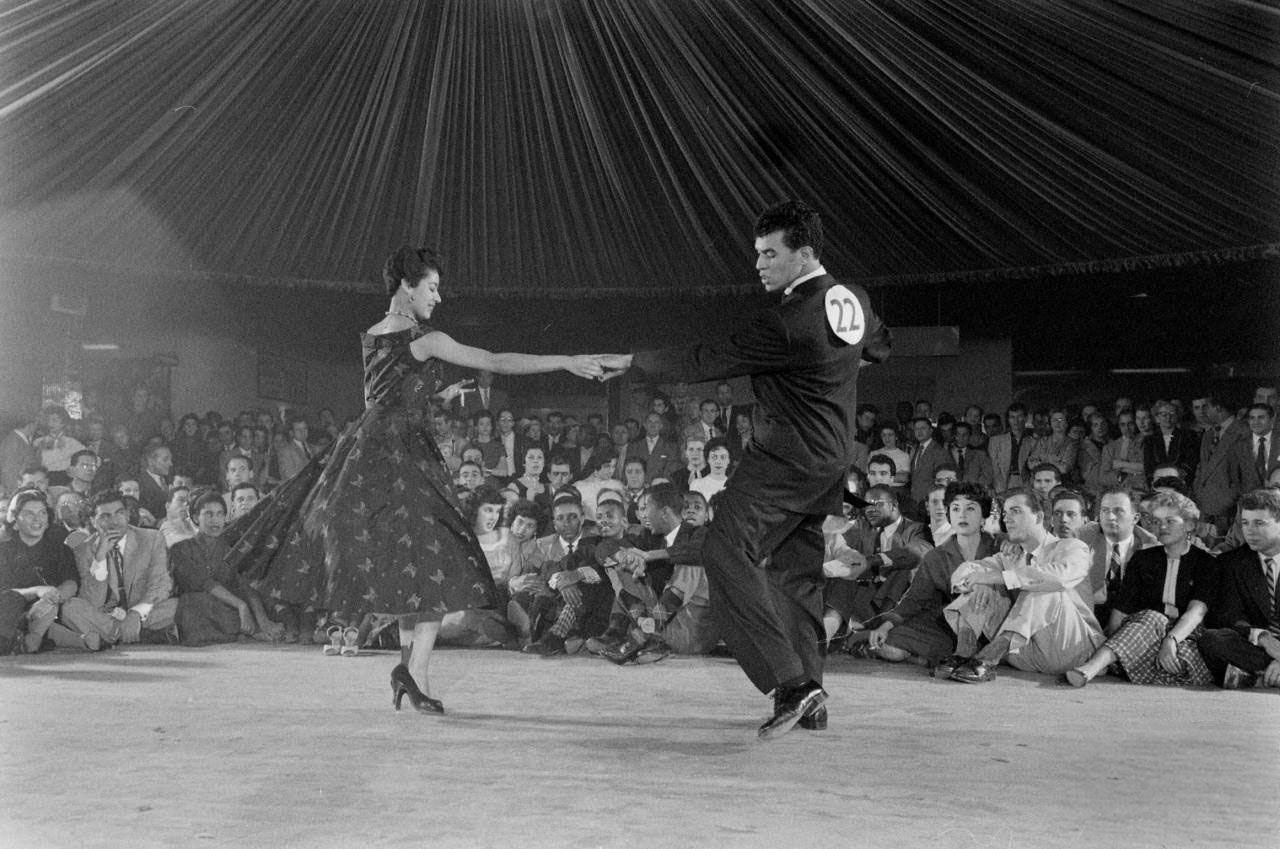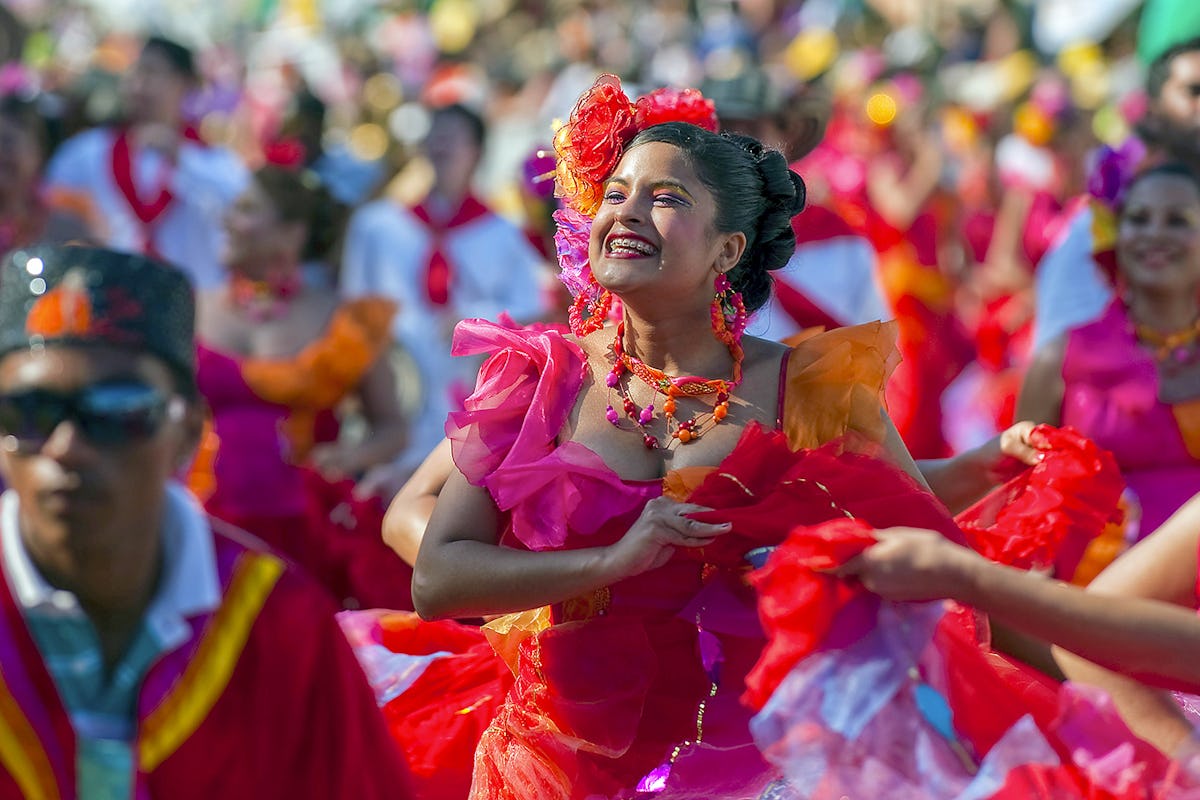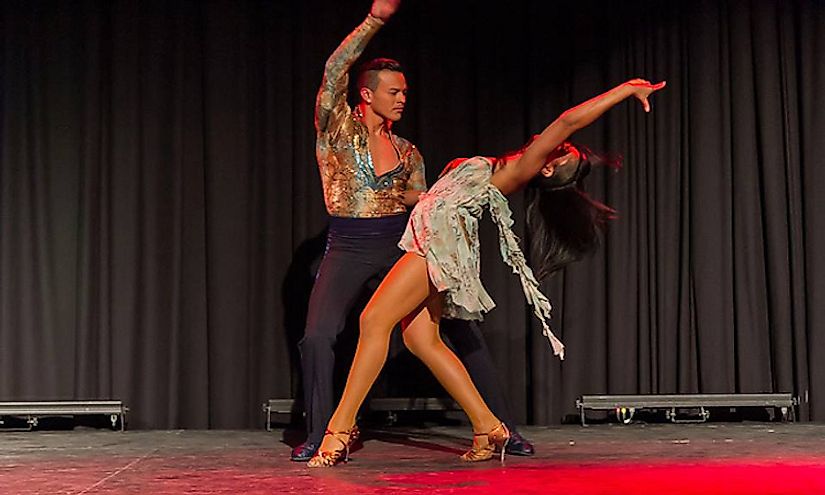The Greatest Guide To Dance San Francisco
Wiki Article
The Best Guide To Dance San Francisco
Table of ContentsAll About Dance San FranciscoThe 5-Minute Rule for Dance San FranciscoThe Definitive Guide for Dance San FranciscoThe Definitive Guide to Dance San Francisco
Allow's think about Salsa dance and songs as a great big Tree that looks like this: Salsa is danced world-wide while numerous technological aspects of the dancing coincide throughout designs (6 actions over 8 beats danced on a quick-quick-slow or slow-quick-quick rhythm), there are a number of "trademark" attributes of the main designs of Salsa that identify one from the other.Pairs taking part in a Gambling establishment Rueda dance all relocations in unison as called by a Leader. Distinct functions of Cuban design salsa are circular turn patterns (with "break back" steps on matters 1 and 5) along with body motion motivated by traditional Afro-Cuban folkloric dances. Distinct attributes of Cali design salsa fasts and detailed maneuvering, danced with a solid hand hold link in between partners.
The beginnings of the design are a subject of argument, but it is stated that New York style Salsa dancing came from in the 1960's due to the influx of Latin American emigrants after the Cuban Change (salsa dancing sf). Eddie Torres is one of the most popular New York design professional dancer, being virtually globally attributed with promoting the design to dance centres outside of New York
The standard rhythm of "On-2" is slow-quick-quick. The "youngest" of the styles of Salsa, L.A (https://www.evernote.com/shard/s653/sh/c7da5d76-4c89-6b99-49df-2cc14d6a425f/MjrRzsxR18gpJ646pQgc9eiTKtduxh602UJ0Cbh7-DZfynXNchEY5Vhkpg). Style (some people have actually called it "West Coast" style) ended up being popular in the 1990's and has its beginnings in ballroom (Mambo, Swing and Cha, Cha, Cha). Transform patterns lead and follow techniques are greatly influenced by these designs, with the Cross Body Lead being the foundation of the style
All About Dance San Francisco
Design are execution of turn patterns and figures in the "port", with the break steps on counts "1" and "5". While Salsa songs has solid beginnings in Cuban, Colombian and Puerto-Rican folkoric practices, it can not be marked down that all Afro-Latin and Latin American cultures have contributed to modern Salsa music as we understand it today.


The Only Guide to Dance San Francisco
differentiating qualities of Salsa music are: 4/4 time signature, Boy Clave and Tumbao rhythms, Montuno Piano Unless you have a history Extra resources in music, the above 3 characteristics probably imply nothing to you. A simpler means to describe Salsa songs is exactly how it does NOT seem like various other kinds of Latin American music.
Most brand brand-new dancers choose to find out L.A. "On-1" style slotted Salsa designs are the most widespread in North America (with some exceptions of some metropolitan centres that still mostly embrace Cuban and Puerto Rican designs) and L.A
The Only Guide for Dance San Francisco
.A. https://www.imdb.com/user/ur173673689/. Style will design teach rapidly educate fundamentals of Basics timing, weight transfer and turn pattern transform. Several professional dancers, as soon as they have actually had a year or two of dancing L.A. Style Salsa under their belts, "button" to New York design in order to expand their dance vocabulary; but many professional dancers decide to stick to just one design of Salsa and appreciate their time on the dancing floor in that particular style.Design and New York City Style all being danced in the same club, with much of the professional dancers being able to switch over from one design to the other from one song to the following. salsa dancing sf. No issue which style you choose it is very important to adhere to that design until you're really comfy with the basics of timing, body rhythm and structure step execution prior to taking into consideration "changing" styles (if you desire to)
When you begin on lessons prepare to devote energy and time to learning how to dance in general it takes a total beginner (i. e., someone with little or no dance experience) regarding 6 months of proactively taking lessons and going out and exercising at the very least two times a week to reach a factor where pattern execution starts to really feel "natural".
Report this wiki page